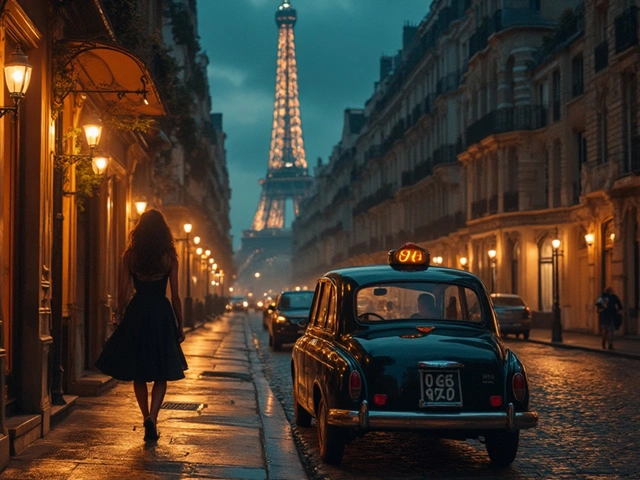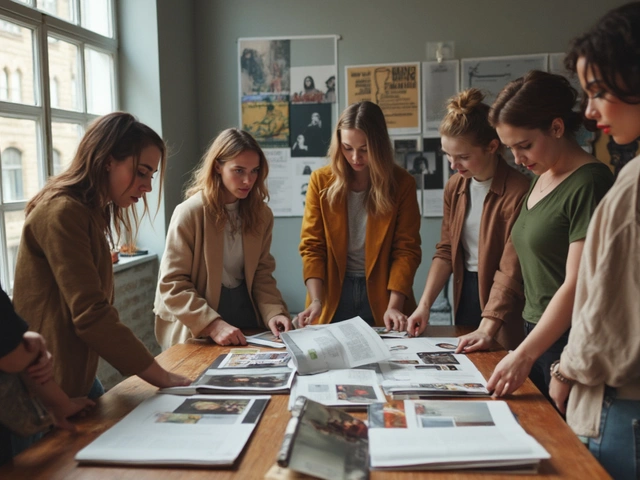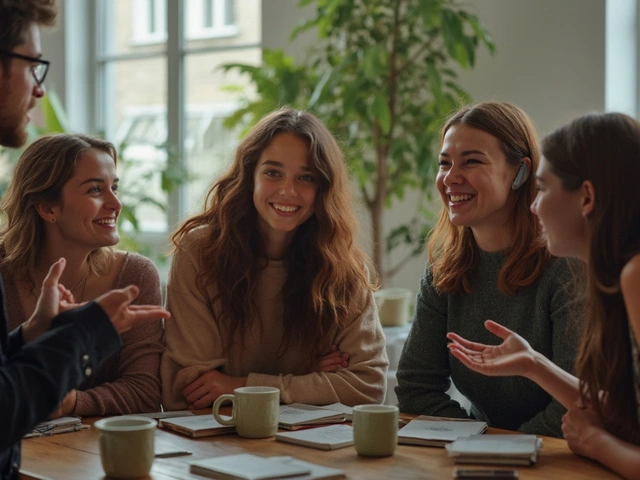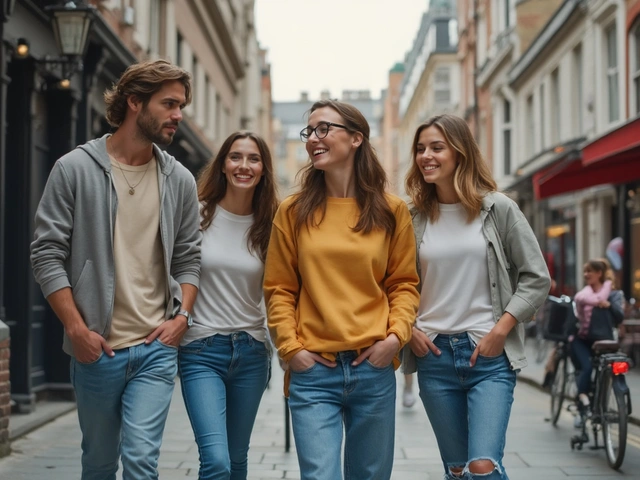Standing in front of a camera isn’t just about looking pretty. It’s about controlling your body like an instrument-every angle, every shift of weight, every breath matters. If you’ve ever seen a model in a magazine and wondered how they make it look so effortless, the truth is simple: they’ve practiced the same few poses hundreds of times. Flawless model poses aren’t magic. They’re muscle memory, timing, and intention combined.
Why Poses Matter More Than You Think
Most beginners think the camera picks up beauty automatically. It doesn’t. A great face in a bad pose looks stiff. A simple pose with strong execution looks powerful. Photographers don’t just shoot models-they shape stories with light and posture. The right pose can make a dress look longer, a waist look smaller, or a mood feel mysterious.
Think of poses as the grammar of visual language. Without them, even the most stunning outfit falls flat. In commercial shoots, poses need to sell. In editorial work, they need to speak. In fashion, they need to move. And in all cases, they need to feel natural-even when they’re carefully constructed.
The 5 Foundation Poses Every Model Should Master
These aren’t trendy or flashy. They’re the building blocks used in 80% of professional shoots. Learn these first, then build from them.
- The Weight Shift - Stand with feet hip-width apart. Shift your weight onto one leg. Let the other knee soften slightly. This creates an S-curve in your spine. Your hips tilt naturally, your shoulders follow, and your body looks alive, not stuck. Avoid locking your knees. That’s when you look like a mannequin.
- The Shoulder Roll - Roll one shoulder back and down, then let the other relax forward. This opens your chest without looking forced. It’s subtle, but it adds depth. It works for standing shots, sitting shots, even lying down. Try it in front of a mirror. Notice how your collarbones pop and your neck looks longer.
- The Hand Placement - Hands are the silent partners of your pose. Don’t let them hang like dead fish. Touch your hip lightly. Rest your fingers on your thigh. Gently hold your hair. Or let your hand rest near your face, fingers slightly curled. The rule? Never clench. Never point. Always flow.
- The Head Tilt - Don’t stare straight into the lens unless the shot demands it. Tilt your head 15 degrees to the side. Drop your chin just enough to create a clean line from your jaw to your neck. This avoids double chins and adds elegance. Look slightly off-camera, not at the lens. You’ll look more mysterious, less like you’re selling something.
- The Lean - Find a wall, a railing, a chair. Lean your shoulder or hip into it. Let your body rest but don’t slump. Your spine stays straight. Your core stays engaged. This pose looks relaxed but is actually controlled. It’s used in everything from streetwear campaigns to high-end lingerie shoots.
How to Pose for Different Body Types
There’s no one-size-fits-all pose. Your body shape changes how you move. Here’s how to adapt.
- For taller models - Use height to your advantage. Stretch your limbs. Extend your arms fully. Take up space. Avoid bending too much at the waist-it makes you look smaller. Walk with purpose in motion shots. Let your legs carry the energy.
- For shorter models - Create vertical lines. Point your toes. Extend your neck. Keep your shoulders back. Avoid crouching or hunching. Shoot from slightly above eye level to elongate your frame. Use props like chairs or stools to add height without bending.
- For curvy models - Emphasize your waist. Use the weight shift to create contrast between hips and shoulders. Avoid squeezing your thighs together-it flattens curves. Let them breathe. Slight bends in the knees help. Show skin where it flows naturally-shoulders, collarbones, legs. Don’t hide your shape. Highlight it.
- For athletic builds - Lean into strength. Use your shoulders. Create tension in your arms. Don’t try to soften your frame. The power in your pose is your asset. A slight arch in your back, a firm grip on a prop, a strong jawline-these read as confident, not stiff.
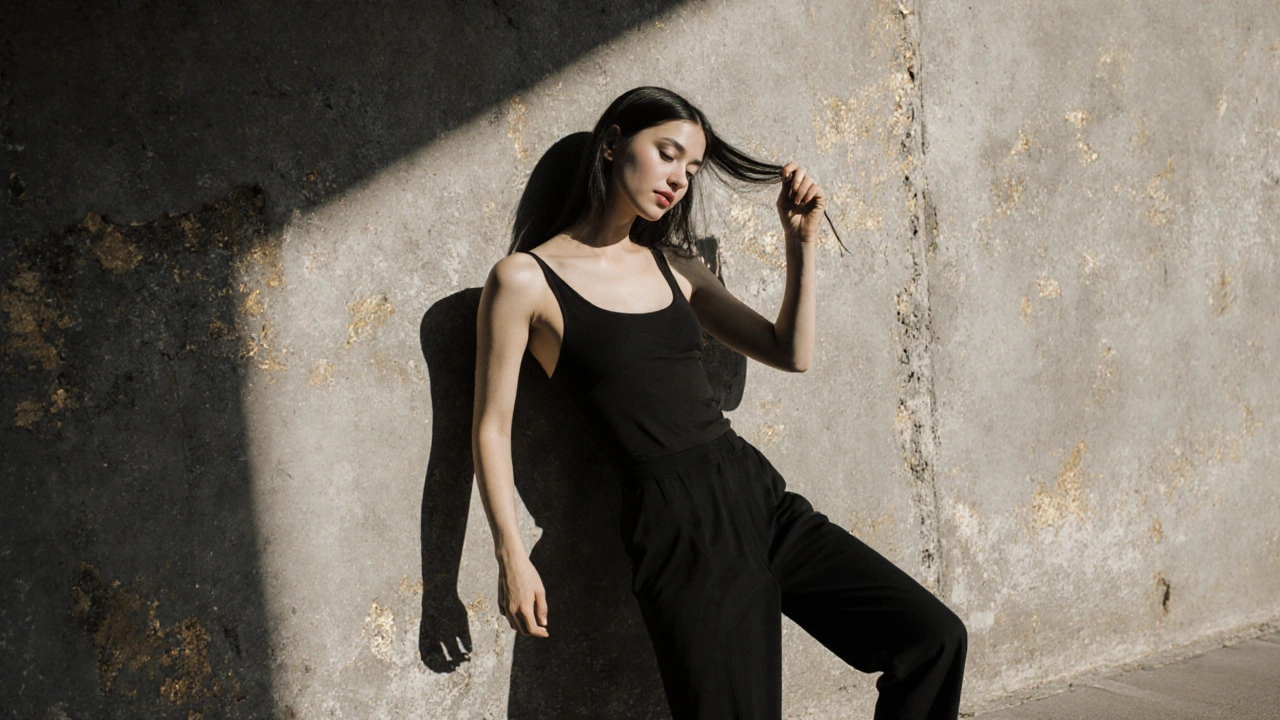
Common Pose Mistakes (And How to Fix Them)
Even experienced models slip up. Here are the five most common errors-and how to avoid them.
- Arms look like chopsticks - If your arms are stiff at your sides, you look tense. Bend your elbows. Rest one hand on your hip. Let the other dangle naturally. Think of your arms as extensions of your shoulders, not separate parts.
- Too much eye contact - Staring into the lens makes you look aggressive or nervous. Look 15 degrees off-center. Soften your gaze. Imagine you’re thinking about something beautiful, not posing for a camera.
- Feet flat and parallel - Standing with both feet flat and facing forward is the most boring pose on earth. Always shift your weight. Turn one foot slightly. Point your toes. This adds movement even when you’re standing still.
- Forced smiles - A fake smile looks like a grimace. Instead, think of a quiet moment. A memory. A scent. A song. Let your lips part slightly. Your eyes will soften. That’s the look photographers want: real, not rehearsed.
- Ignoring your back - Your back is part of the pose too. Slouching ruins everything. Roll your shoulders back. Imagine a string pulling your head toward the ceiling. Your spine will thank you. And so will the camera.
How to Practice Without a Camera
You don’t need a studio to get better. You need a mirror, a phone, and 10 minutes a day.
- Stand in front of a full-length mirror. Put on your usual outfit. No makeup, no hair done. Just you.
- Try one of the five foundation poses. Hold it for 30 seconds. Watch how your body moves.
- Change one thing. Shift your weight. Tilt your head. Move your hand.
- Take a photo with your phone. Don’t look at it right away. Wait five minutes. Then look. Ask yourself: Does this look natural? Does it look like me? Or does it look like someone trying too hard?
- Repeat. Every day. For a week.
After seven days, you’ll notice something: your body remembers. You won’t have to think about your posture. It’ll just happen. That’s when you know you’ve built real muscle memory.
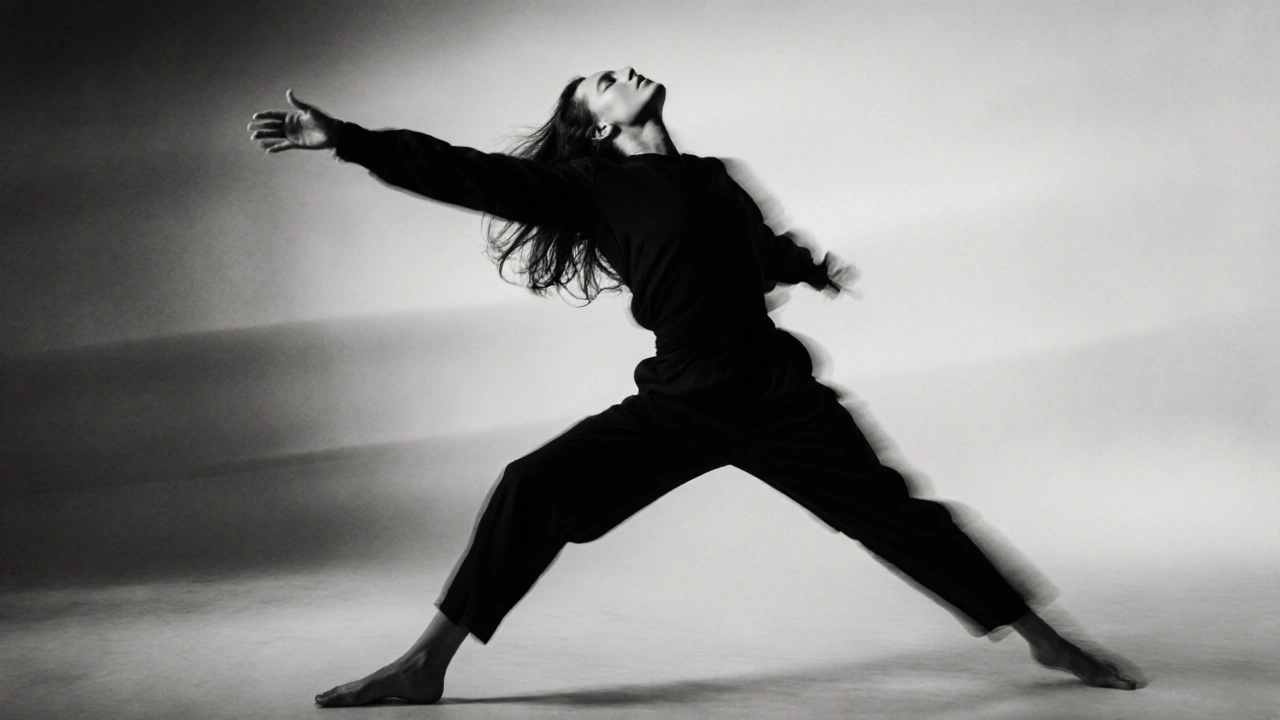
How to Read a Photographer’s Direction
Photographers don’t always say what they mean. They say things like “Give me more energy,” “I want you to feel the wind,” or “Look like you’re about to laugh.” Here’s how to translate that.
- “More energy” - Engage your core. Lift your chest. Extend your arms. Don’t just move faster. Move with intention.
- “Feel the wind” - Let your hair move. Slightly turn your head. Relax your shoulders. Imagine a breeze brushing your skin. Your body will respond naturally.
- “Look like you’re about to laugh” - Don’t laugh. Just soften your eyes. Let your lips part. Drop your chin a fraction. That’s the moment right before the laugh. It’s the most human thing you can do.
- “I want tension” - Tighten your grip on your clothing. Press your foot into the ground. Arch your back slightly. Don’t look angry. Look focused.
Listen for the emotion behind the words. Pose isn’t about shape. It’s about feeling.
When to Break the Rules
Once you’ve mastered the basics, it’s time to experiment. Some of the most iconic shots broke every rule.
Think of Naomi Campbell leaning on a wall with one leg bent, her foot flat on the floor-no weight shift, no S-curve. Or Linda Evangelista with her arms crossed, chin high, staring straight ahead. No softness. No tilt. Just power.
Rule-breaking works when you know why you’re breaking it. If you’re doing it because you’re bored, it looks sloppy. If you’re doing it because you’re telling a story, it looks bold.
Try this: Take one of your favorite foundation poses. Now, break one element. Hold your breath. Close your eyes. Open them again. Now, shoot it. That’s the moment when your pose stops being a pose-and becomes a statement.
Final Tip: Your Pose Is Your Signature
There’s no perfect pose. There’s only your pose. The one that feels like you. The one that makes people stop scrolling. The one that makes a brand want to work with you again.
Some models have a signature tilt. Others have a way of holding their hands. Some have a laugh in their eyes. That’s what gets booked. Not the most flexible body. Not the most expensive wardrobe. The most memorable way of being in front of the camera.
So don’t copy. Don’t chase trends. Find your rhythm. Practice until your body speaks before your mind does. Then, let the camera catch it.
How do I stop looking stiff in photos?
Stiffness comes from tension and overthinking. Breathe deeply before each shot. Relax your shoulders. Let your hands move naturally. Instead of thinking "pose," think "feel." Imagine you’re in a quiet moment-waiting for a friend, listening to music, watching the light change. That’s when your body looks real.
Should I always smile in model poses?
No. Smiling is just one expression. Many high-fashion and editorial shots call for neutral, serious, or even distant expressions. The key is to match the mood of the shoot. Practice different facial expressions in the mirror. Learn how to look curious, mysterious, calm, or intense. Your range matters more than your smile.
What’s the best way to pose sitting down?
Sit on the edge of a chair or bench. Keep your spine straight. Cross one ankle over the other, not both knees. Let one hand rest on your thigh, the other gently on your lap or armrest. Lean slightly forward or back to create shape. Avoid slouching or letting your legs splay open. Always keep your posture strong-even when seated.
How do I know if a pose is working?
If the photographer doesn’t say anything for more than three shots, it’s probably working. If they start giving you new directions, it’s not. Also, look at the photos on the screen. Does your body look fluid? Do your lines flow? Does your face look natural? If yes, you’re on track. If your arms look awkward or your neck is squished, adjust.
Can I use poses from social media?
You can study them, but don’t copy them. Many Instagram poses are designed for likes, not professional shoots. They’re exaggerated, over-posed, or rely on filters. Use them for inspiration, not instruction. Focus on poses that look effortless, not forced. Real modeling is about subtlety, not spectacle.
Flawless posing isn’t about perfection. It’s about presence. The more you understand your body, the more the camera listens to you.


